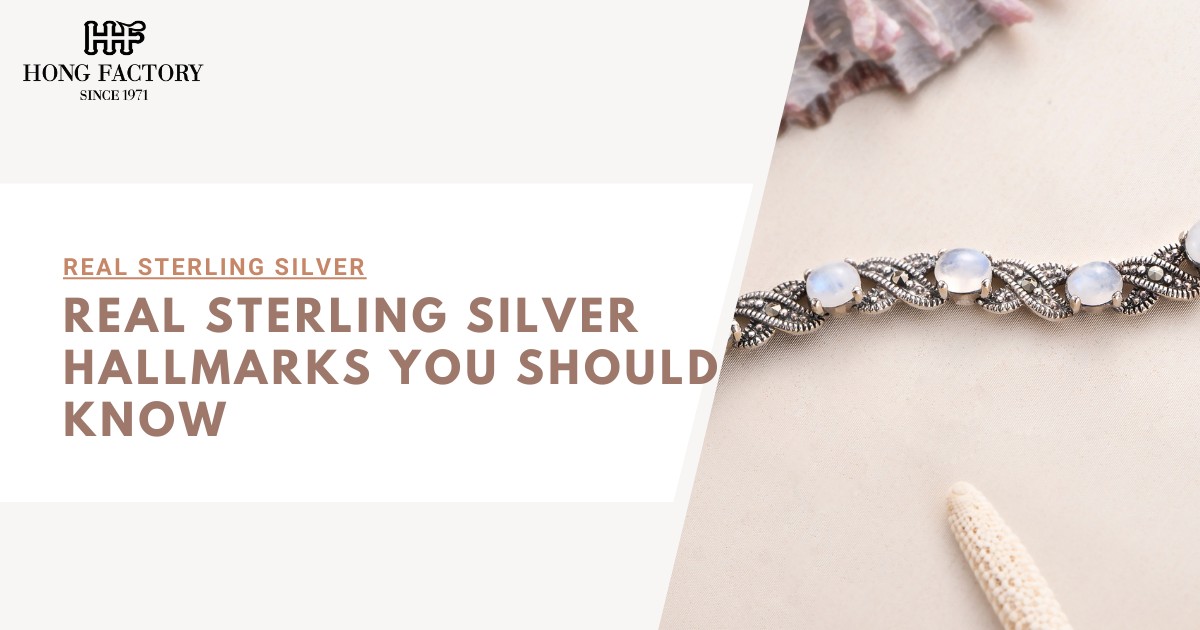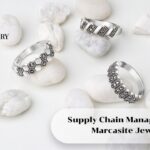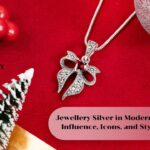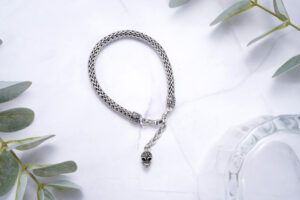
Sterling silver is one of the most popular and timeless materials used in jewelry making. Known for its bright luster, durability, and affordability compared to gold or platinum, sterling silver continues to hold a special place in the jewelry industry. However, identifying real sterling silver can sometimes be challenging, especially with the rise of counterfeit items in the market. One of the most reliable ways to confirm authenticity is by recognizing the hallmarks stamped on genuine sterling silver pieces. These marks serve as official indicators of purity, origin, and quality. marcasite jewelry
What Are Sterling Silver Hallmarks?
Hallmarks are small stamped symbols or numbers engraved on jewelry, flatware, or other silver items. They act as an assurance that the piece meets certain purity standards. These markings are not just decorative—they are legal and cultural indicators that help consumers distinguish real sterling silver from fakes. They typically appear on discreet areas such as the inside of a ring band, the clasp of a chain, or the underside of a bracelet.
Common Sterling Silver Purity Marks
The most well-known hallmark for sterling silver is 925. This number indicates that the item contains 92.5% pure silver and 7.5% alloy metals, usually copper. Pure silver is too soft for everyday use, so the alloy strengthens the piece without sacrificing shine.
Other purity marks you may encounter include:
- Sterling: A word stamp that confirms the item is genuine sterling silver.
- Ster: A shortened version of “Sterling.”
- .925: Another way to indicate the 92.5% silver standard.
Country-Specific Hallmarks
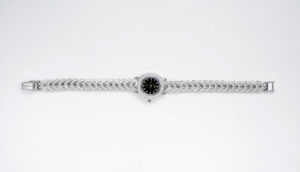
Different countries use unique symbols or lettering to certify sterling silver. These can provide valuable information about where and when a piece was made.
- United Kingdom: British sterling silver often features a lion passant mark, which has been used for centuries to denote silver purity. Additional marks may include the town mark (such as an anchor for Birmingham) and a date letter.
- United States: In the U.S., most sterling silver is marked with “925,” “Sterling,” or the manufacturer’s name.
- France: French silver often bears the Minerva head symbol, representing official government certification.
- Germany: German sterling silver is usually marked with “925” along with the maker’s stamp.
Real Sterling Silver and Authenticity Tests
Real sterling silver
Hallmarks are one of the easiest ways to check for authenticity, but there are additional methods to confirm a piece is genuine:
- Magnet Test: Sterling silver is not magnetic. If the item is strongly attracted to a magnet, it may not be real.
- Tarnish Check: Real sterling silver tarnishes naturally over time due to its copper content, developing a dark patina that can be polished away.
- Acid Test: Jewelers often use a nitric acid test to verify authenticity, though this should only be done by professionals.
The Role of Maker’s Marks
Beyond purity stamps, many sterling silver items include a maker’s mark. This is a unique stamp that identifies the brand, silversmith, or manufacturer. These marks not only guarantee authenticity but can also enhance the value of antique or collectible silver.
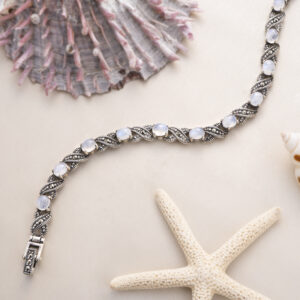
Why Recognizing Hallmarks Matters
Understanding hallmarks protects buyers from scams and ensures they get what they pay for. For collectors, hallmarks reveal a piece’s history, adding cultural and monetary value. For everyday wearers, hallmarks provide peace of mind that their jewelry is crafted from genuine sterling silver.
Real sterling silver is a cherished material that blends beauty, affordability, and durability. Learning to recognize hallmarks such as “925,” “Sterling,” and country-specific symbols is essential for identifying authenticity. Whether you’re a collector, reseller, or jewelry enthusiast, knowing these marks allows you to shop confidently and invest wisely in quality pieces.
By becoming familiar with the hallmarks of real sterling silver, you can avoid counterfeits, preserve the value of your collection, and appreciate the craftsmanship that has made sterling silver beloved for centuries.
